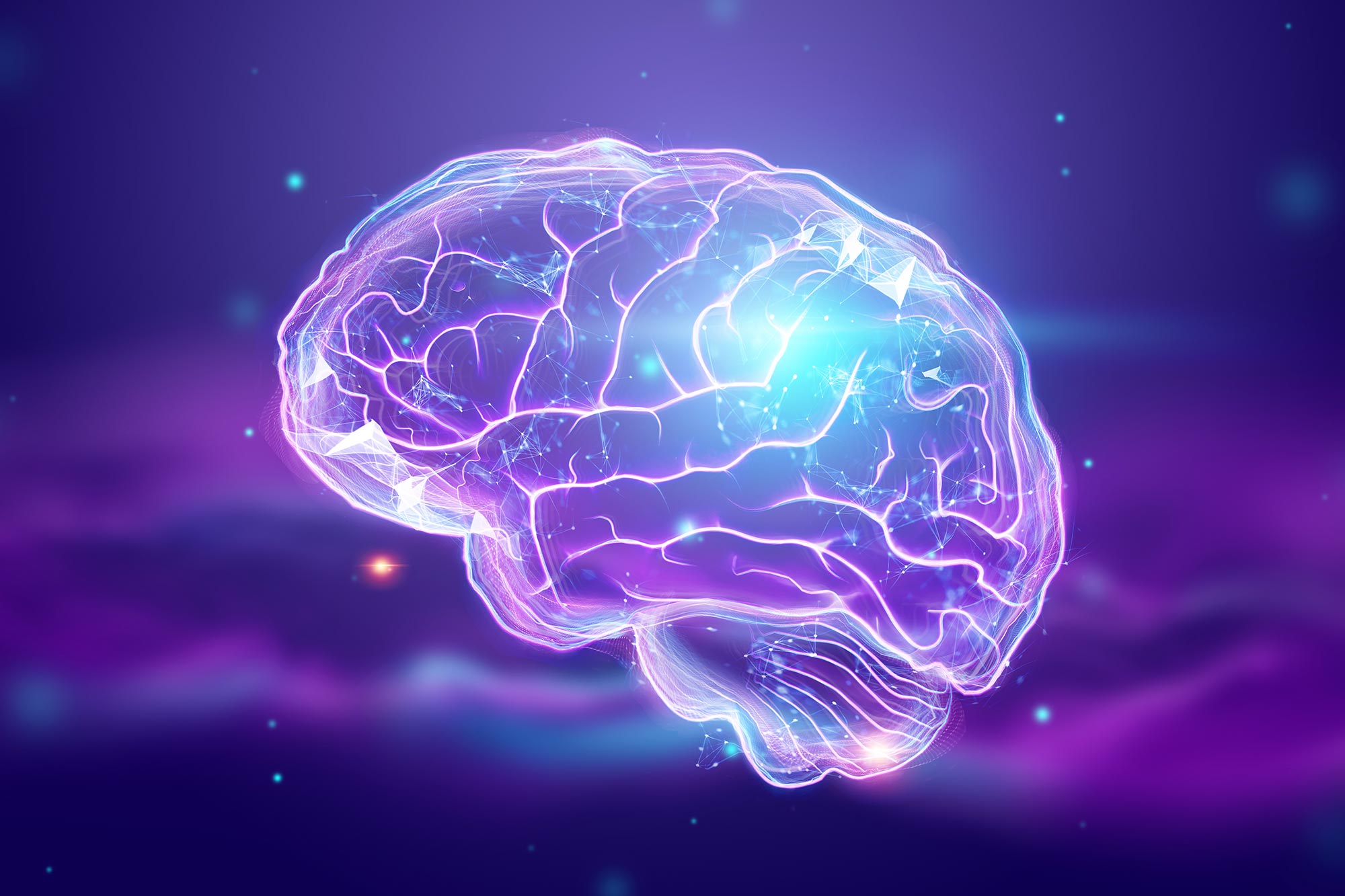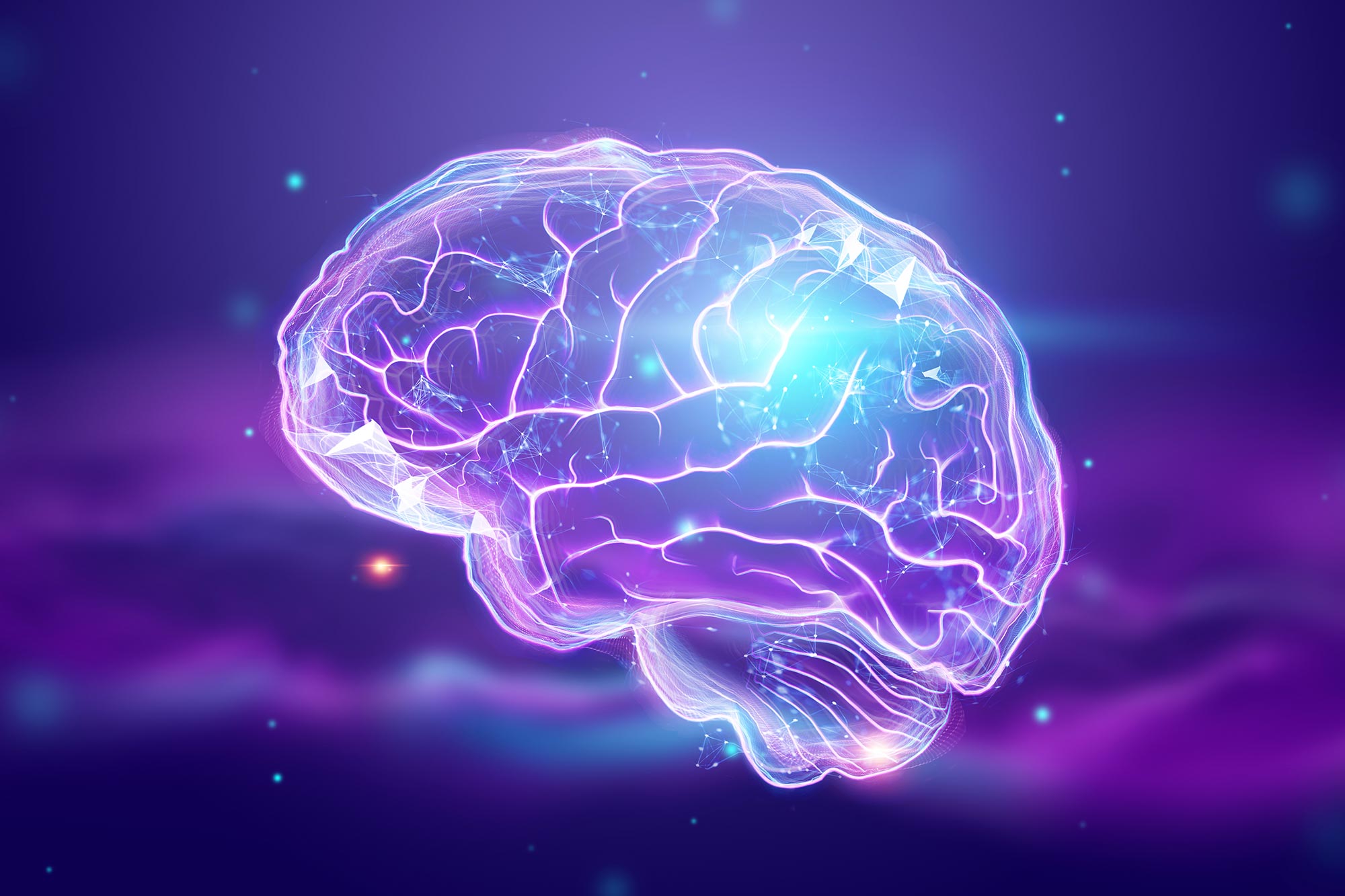
Cvičenie môže priamo zlepšiť zdravie mozgu podporou rozvoja neurónov v hipokampe, pričom hlavnú úlohu pri sprostredkovaní účinkov zohrávajú astrocyty. Tento výskum by mohol viesť k terapiám založeným na cvičení pre kognitívne poruchy, ako je Alzheimerova choroba.
Štúdium chemických signálov generovaných kontrakciou svalových buniek poukazuje na spôsoby, ako zlepšiť zdravie mozgu cvičením.
Beckmanovi výskumníci skúmali, ako chemické signály z kontrahujúcich svalov podporujú zdravý mozog. Ich zistenia odhaľujú, ako tieto signály pomáhajú pri vývoji a regulácii nových mozgových sietí a zároveň poukazujú na spôsoby, ako zlepšiť zdravie mozgu cvičením.
Fyzická aktivita sa často uvádza ako spôsob, ako zlepšiť fyzické a duševné zdravie. Výskumníci z Beckmanovho inštitútu pre pokročilú vedu a technológiu ukázali, že môže tiež priamočiarejšie zlepšiť zdravie mozgu. Skúmali, ako chemické signály zo svalového cvičenia podporujú rast neurónov v mozgu.
Ich práca bola publikovaná v časopise Neurológia.
Keď sa svaly počas cvičenia stiahnu, ako napríklad biceps pri zdvíhaní ťažkých závaží, uvoľňujú do krvného obehu rôzne zlúčeniny. Tieto zlúčeniny môžu cestovať do rôznych častí tela vrátane mozgu. Vedci sa zaujímali najmä o to, ako môže cvičenie prospieť konkrétnej časti mozgu nazývanej hipokampus.
„Hippocampus je dôležitou oblasťou pre učenie a pamäť, a teda aj kognitívne zdravie,“ povedal Ki Yun Lee, Ph.D. študent mechanických vied a inžinierstva na University of Illinois, Urbana-Champaign, a hlavný autor štúdie. Pochopenie toho, ako cvičenie prospieva hipokampu, by teda mohlo viesť k terapiám založeným na cvičení pre rôzne stavy vrátane[{” attribute=””>Alzheimer’s disease.

Hippocampal neurons (yellow) surrounded by astrocytes (green) in a cell culture from the study. Image provided by the authors. Credit: Image provided by the study authors: Taher Saif, Justin Rhodes, and Ki Yun Lee
To isolate the chemicals released by contracting muscles and test them on hippocampal neurons, the researchers collected small muscle cell samples from mice and grew them in cell culture dishes in the lab. When the muscle cells matured, they began to contract on their own, releasing their chemical signals into the cell culture.
The research team added the culture, which now contained the chemical signals from the mature muscle cells, to another culture containing hippocampal neurons and other support cells known as astrocytes. Using several measures, including immunofluorescent and calcium imaging to track cell growth and multi-electrode arrays to record neuronal electrical activity, they examined how exposure to these chemical signals affected the hippocampal cells.
The results were striking. Exposure to the chemical signals from contracting muscle cells caused hippocampal neurons to generate larger and more frequent electrical signals — a sign of robust growth and health. Within a few days, the neurons started firing these electrical signals more synchronously, suggesting that the neurons were forming a more mature network together and mimicking the organization of neurons in the brain.
However, the researchers still had questions about how these chemical signals led to growth and development of hippocampal neurons. To uncover more of the pathway linking exercise to better brain health, they next focused on the role of astrocytes in mediating this relationship.
“Astrocytes are the first responders in the brain before the compounds from muscles reach the neurons,” Lee said. Perhaps, then, they played a role in helping neurons respond to these signals.
The researchers found that removing astrocytes from the cell cultures caused the neurons to fire even more electrical signals, suggesting that without the astrocytes, the neurons continued to grow — perhaps to a point where they might become unmanageable.
“Astrocytes play a critical role in mediating the effects of exercise,” Lee said. “By regulating neuronal activity and preventing hyperexcitability of neurons, astrocytes contribute to the balance necessary for optimal brain function.”
Understanding the chemical pathway between muscle contraction and the growth and regulation of hippocampal neurons is just the first step in understanding how exercise helps improve brain health.
“Ultimately, our research may contribute to the development of more effective exercise regimens for cognitive disorders such as Alzheimer’s disease,” Lee said.
Reference: “Astrocyte-mediated Transduction of Muscle Fiber Contractions Synchronizes Hippocampal Neuronal Network Development” by Ki Yun Lee, Justin S. Rhodes and M. Taher A. Saif, 2 February 2023, Neuroscience.
DOI: 10.1016/j.neuroscience.2023.01.028
In addition to Lee, the team also included Beckman faculty members Justin Rhodes, a professor of psychology; and Taher Saif, a professor of mechanical science and engineering and bioengineering.
Funding: NIH/National Institutes of Health, National Science Foundation

“Organizátor. Spisovateľ. Zlý kávičkár. Evanjelista všeobecného jedla. Celoživotný fanúšik piva. Podnikateľ.”







